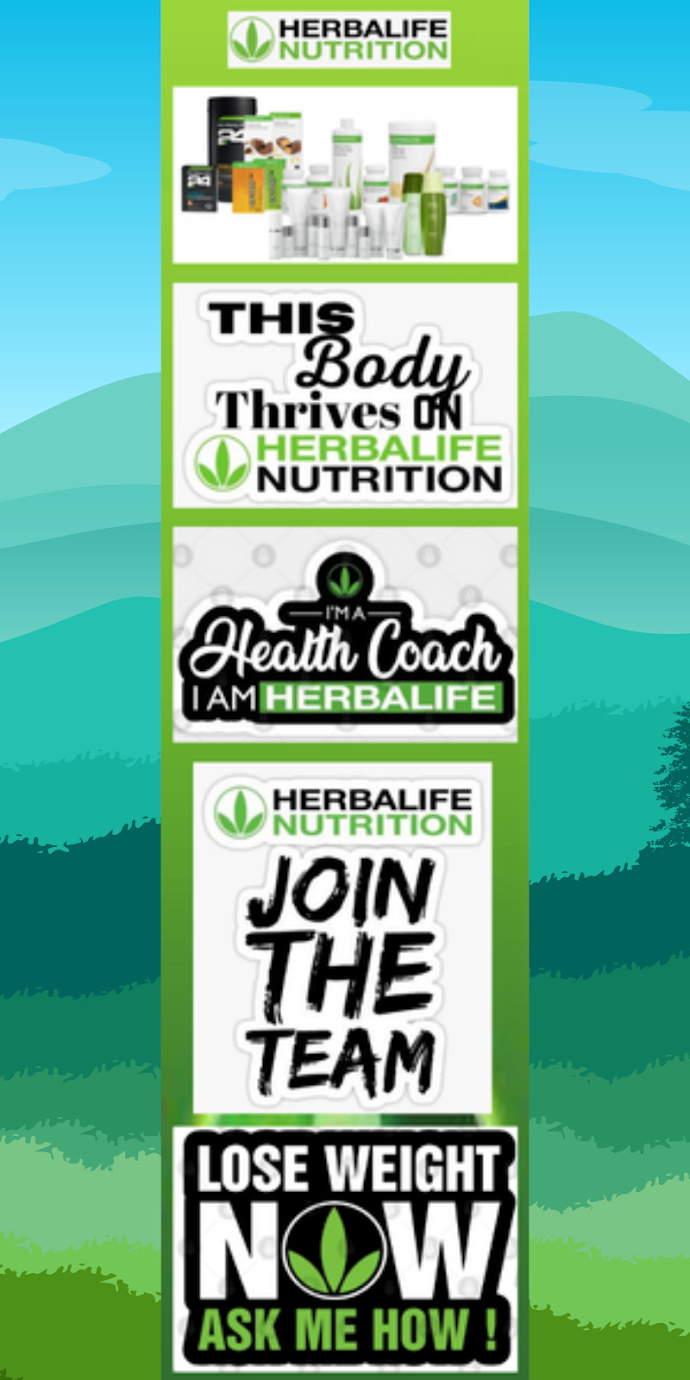
From Avignon to Carcassonne: A Grand European Tour Through the Enchanting French Riviera
 Tony And Kim are Travelers, Adventurers, and Bloggers from Brisbane. Tony & Kim + Shari Outdoor Adventures has something for everyone to enjoy including what adventures you can have in Brisbane, Queensland, Australia and Overseas. One thing’s for sure: once you start browsing our blog, you’ll be booking annual leave before you can say “bucket and spade”.
While we don’t identify ourselves as writers, We've always been travelers. From a young age, we both were given the opportunity to travel and spend countless hours on family road trips & vacations to what seemed, at the time, distant places.We got our first taste of traveling as a couple in Palm Cove, Queensland on our Honeymoon and learned about each others same passion.We are not writers, so why blog? It’s a commitment to ourselves that holds us accountable. It’s the home for our Adventure Stories. We want this blog to inspire you, to inform you and to add fuel to your Wanderlust. We hope you’ll join us on this adventure!
Tony And Kim are Travelers, Adventurers, and Bloggers from Brisbane. Tony & Kim + Shari Outdoor Adventures has something for everyone to enjoy including what adventures you can have in Brisbane, Queensland, Australia and Overseas. One thing’s for sure: once you start browsing our blog, you’ll be booking annual leave before you can say “bucket and spade”.
While we don’t identify ourselves as writers, We've always been travelers. From a young age, we both were given the opportunity to travel and spend countless hours on family road trips & vacations to what seemed, at the time, distant places.We got our first taste of traveling as a couple in Palm Cove, Queensland on our Honeymoon and learned about each others same passion.We are not writers, so why blog? It’s a commitment to ourselves that holds us accountable. It’s the home for our Adventure Stories. We want this blog to inspire you, to inform you and to add fuel to your Wanderlust. We hope you’ll join us on this adventure!

Featured post
Sleepy Town Of Bowen North Queensland
Christmas Road Trip to Sleepy Town Bowen, North Queensland. Australia This Christmas we took the Great Queensland Getaway, and hit the hig...


Popular Posts
-
NORWEGIAN JEWEL NEW ZEALAND CRUISE – DUSKY SOUND – DOUBTFUL SOUND – MILFORD SOUND “Twenty years from now you will be more disappointed by...
-
Our Amazing Days 4-5-6 Singapore Adventure: Culture, Food, and City Sights Day 4: Culture, Colour & Cocktails in the Heart of Singap...
-
Singapore Travel Diary – Days 7 to 10: Lazy Mornings, Urban Wanders, Sentosa Fun & The Jewel Finale Day 7 – A Slow Start and a Steep...
-
✈️ Our Amazing Singapore Adventure Begins – Day 1 After months of anticipation and Cyclone Alfred delaying us, our long-awaited Singapo...
-
Discover the Magic of Tara Festival and Camel Races 2024 Welcome to the enchanting world of the Tara Festival and Camel Races 2024, wher...
-
Napier: Step Back in Time, Step Into Style. Napier, New Zealand, a city reborn from the ashes of a 1931 earthquake, awaits your arrival. T...
-
Australia Day Weekend Adventure at Hanger O Australia Day long weekends are made for adventures, and this year, we packed up the carav...
-
Exploring Lyttelton on Our P&O New Zealand Cruise Our fifth port of call on the P\&O New Zealand Cruise brought us to the charmi...
-
Tauranga: Discover the Heart of the Bay. Tauranga, a picturesque coastal city nestled amidst lush landscapes, welcomes you to its shore...
-
Wellington: The Windy City with a Heart The Norwegian Jewel docked in Wellington, New Zealand's capital city, known affectionately as ...

Blog Disclaimer
This is a personal blog. Any views or opinions represented in this blog are personal and belong solely to the blog owner and do not represent those of people, institutions or organizations that the owner may or may not be associated with in professional or personal capacity, unless explicitly stated. Any views or opinions are not intended to malign any religion, ethnic group, club, organization, company, or individual.
Disclaimer
©Tony&KimOutdoorAdventures.
Unauthorized use and/or duplication of this material without express and written permission from this site’s author and/or owner is strictly prohibited. Excerpts and links may be used, provided that full and clear credit is given to Tony&KimOutdoorAdventures with appropriate and specific direction to the original content.


Events
About Us

SEARCH

Blog Archive
-
▼
2015
(27)
-
▼
November
(16)
- QUEENSLAND OUTBACK ROAD TRIP, AUSTRALIA
- SINGAPORE
- Grand European Tour Paris: Eiffel Tower and Beyond...
- Grand European Tour Orleans: Unveil the Magic of O...
- Grand European Tour Bordeaux To Poitiers
- Grand European Tour Burgos To Bilbao
- Grand European Tour Madrid - Tapas, Flamenco, and ...
- Grand European Tour Barcelona: A Tapestry of Cultu...
- From Avignon to Carcassonne: A Grand European Tour...
- Grand European Tour - From Eze to Nice: A Scenic J...
- Grand Europe Tour: Exploring the Renaissance Beaut...
- Grand European Tour Pisa: A Renaissance Gem on the...
- Grand European Tour Rome: A Love Letter to the Ete...
- Grand European Tour Assisi: Timeless Beauty, Endle...
- Grand European Tour Venice: The Floating Jewel of ...
- Grand European Tour Verona: Timeless Beauty, Endle...
-
▼
November
(16)

Our Top Camping and Holiday Parks Listings














.png)











.png)

.png)


.png)
.png)

.jpg)
.jpg)





No comments:
Post a Comment